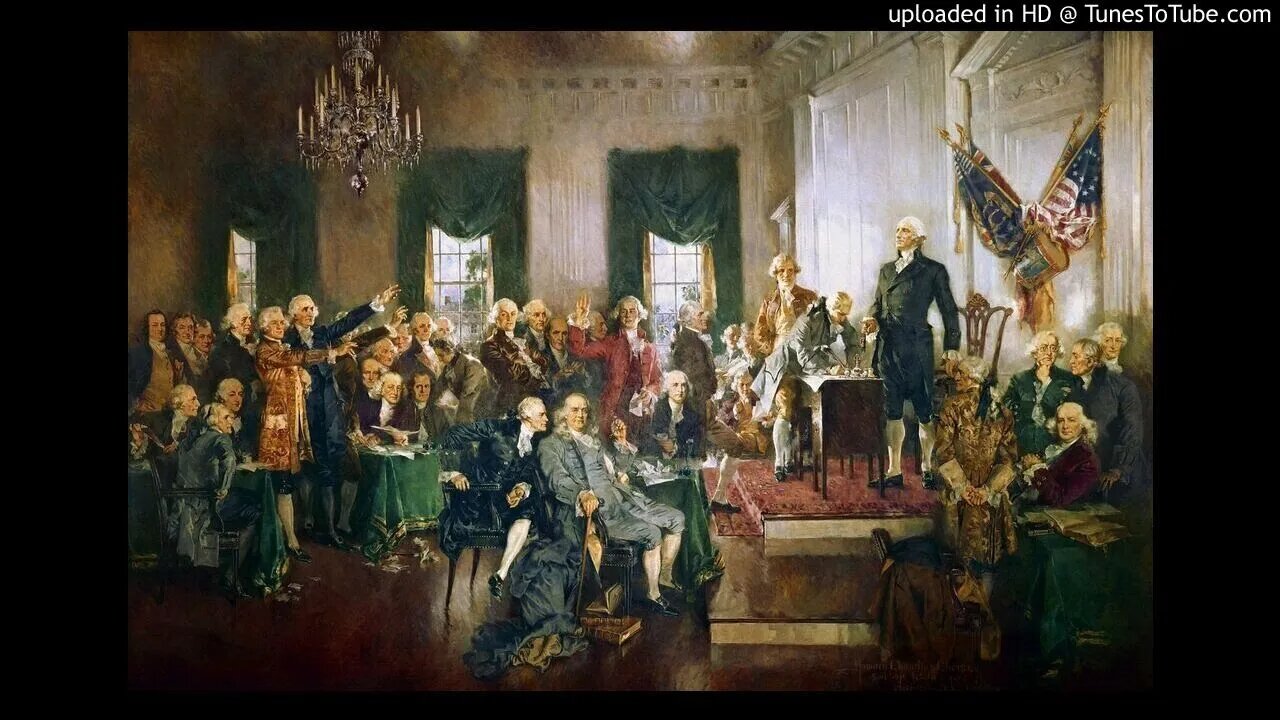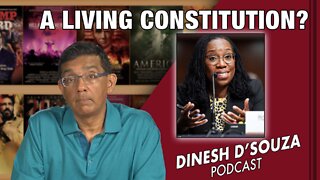Premium Only Content

Ratification of the US Constitution - Time Travel History Podcast - You Are There
http://Constitution.ChestertonRadio.com
Do you enjoy the variety on Chesterton Radio?
Like, Share and Subscribe to be notified of our new shows
Direct Link: http://Listen.ChestertonRadio.com
Chesterton Radio Player: http://Player.ChestertonRadio.com
http://Patreon.com/ChestertonRadio
Join our family and access Patron-only podcasts
Created by Goodman Ace for CBS Radio, it blended history with modern technology, taking an entire network newsroom on a figurative time warp each week reporting the great events of the past. Reporters included John Charles Daly, Don Hollenbeck, and Richard C. Hottelet. The series was first heard on July 7, 1947, under the title CBS Is There. Its final broadcast was on March 19, 1950, under the title You Are There.
The Constitution of the United States is the supreme law of the United States of America. The Constitution, originally comprising seven articles, delineates the national frame of government. Its first three articles embody the doctrine of the separation of powers, whereby the federal government is divided into three branches: the legislative, consisting of the bicameral Congress (Article One); the executive, consisting of the president (Article Two); and the judicial, consisting of the Supreme Court and other federal courts (Article Three). Articles Four, Five and Six embody concepts of federalism, describing the rights and responsibilities of state governments, the states in relationship to the federal government, and the shared process of constitutional amendment. Article Seven establishes the procedure subsequently used by the thirteen States to ratify it. It is regarded as the oldest written and codified national constitution in force.
Since the Constitution came into force in 1789, it has been amended 27 times, including one amendment that repealed a previous one, in order to meet the needs of a nation that has profoundly changed since the eighteenth century. In general, the first ten amendments, known collectively as the Bill of Rights, offer specific protections of individual liberty and justice and place restrictions on the powers of government. The majority of the seventeen later amendments expand individual civil rights protections. Others address issues related to federal authority or modify government processes and procedures. Amendments to the United States Constitution, unlike ones made to many constitutions worldwide, are appended to the document. All four pages[8] of the original U.S. Constitution are written on parchment.
According to the United States Senate: "The Constitution's first three words—We the People—affirm that the government of the United States exists to serve its citizens. For over two centuries the Constitution has remained in force because its framers wisely separated and balanced governmental powers to safeguard the interests of majority rule and minority rights, of liberty and equality, and of the federal and state governments."[5] The first permanent constitution of its kind,[a] adopted by the people's representatives for an expansive nation, it is interpreted, supplemented, and implemented by a large body of constitutional law, and has influenced the constitutions of other nations. (Wikipedia)
-
 18:12:15
18:12:15
Chesterton Radio
1 year ago $4.63 earnedChesterton Radio Live - Mystery Drama Adventure - Chuck the TV!
43.6K -
 3:54:15
3:54:15
Chesterton Radio
2 years agoYou Are There - Time Travel History
176 -
 0:35
0:35
GiniaRose
2 years agoTime travel
47 -
 48:42
48:42
Dinesh D'Souza
2 years agoMAKING HISTORY Dinesh D’Souza Podcast Ep352
7.2K93 -
 53:51
53:51
Dinesh D'Souza
2 years agoA LIVING CONSTITUTION? Dinesh D’Souza Podcast Ep294
7.93K48 -
 1:37:26
1:37:26
Real Coffee With Scott Adams
7 hours agoEpisode 2701 CWSA 12/26/24
96.7K91 -
 2:58:58
2:58:58
Wendy Bell Radio
12 hours ago9 Steps Ahead
124K140 -
 2:03:46
2:03:46
LFA TV
20 hours agoTIME FOR A NEW SPEAKER! | LIVE FROM AMERICA 12.26.24 11am EST
73.2K51 -
 1:40:22
1:40:22
Game On!
18 hours ago $5.49 earnedNFL Thursday Night Football Seahawks at Bears EXPERT Picks!
53.7K9 -
 1:50:54
1:50:54
xBuRnTx
7 hours agoWho's Ready for New Years!
39.8K1